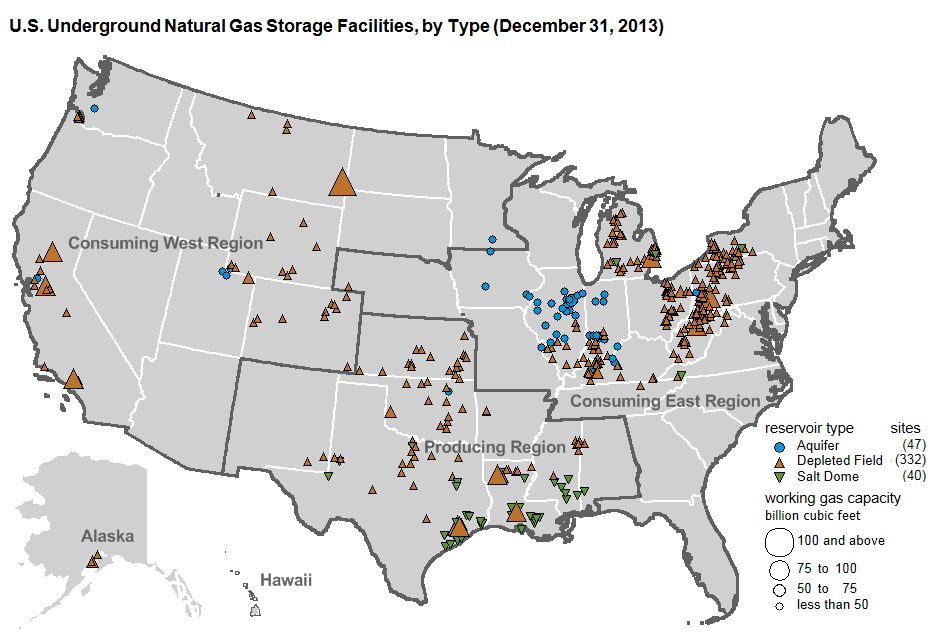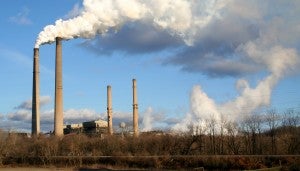 The ongoing leak at the Aliso Canyon natural gas facility owned by Southern California Gas has driven more than 2,000 families from their homes in the Porter Ranch area of Los Angeles and prompted Gov. Brown to declare a state of emergency. It’s dumped an estimated 83 thousand metric tons of methane into the atmosphere so far (see our leak counter here), with no clear end in sight.
The ongoing leak at the Aliso Canyon natural gas facility owned by Southern California Gas has driven more than 2,000 families from their homes in the Porter Ranch area of Los Angeles and prompted Gov. Brown to declare a state of emergency. It’s dumped an estimated 83 thousand metric tons of methane into the atmosphere so far (see our leak counter here), with no clear end in sight.
But what are the next steps from here? What are the wider implications of this continuing disaster; and where else could something like this happen? What do we do to prevent another Aliso, and how will Southern California make up for the environmental damages once the leak stops?
The troubling fact is that Aliso Canyon is just the tip of a very big iceberg, reflecting both the industry’s widespread methane problem, and the potential local risks of over 400 other storage facilities nationwide. It spotlights a longstanding, largely invisible problem, promising to shift political dynamics around solutions. And the penalty phase, when it comes, will hopefully codify important principles that will also have a big effect on industry behavior. Read More












 No one likes uncertainty, least of all investors. From changes in interest rates, to supply chain disruptions, the list of risks investors must monitor is long and growing. Good, actionable information is investors’ most important tool for risk management and integral to successful investing. Without proper data, investors are flying blind.
No one likes uncertainty, least of all investors. From changes in interest rates, to supply chain disruptions, the list of risks investors must monitor is long and growing. Good, actionable information is investors’ most important tool for risk management and integral to successful investing. Without proper data, investors are flying blind.
 By:
By: